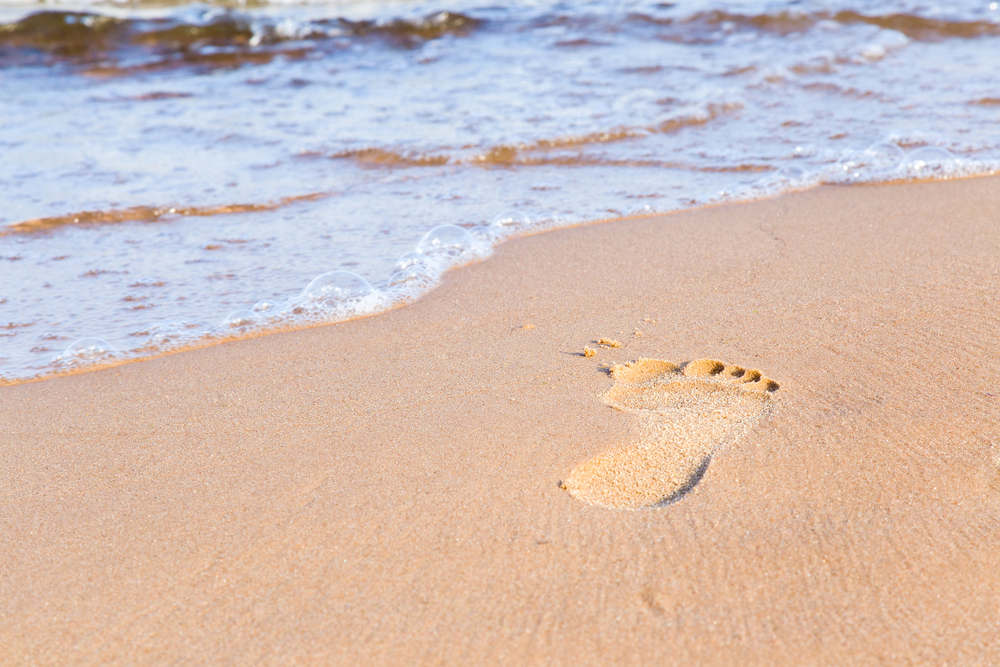New Device Helps Measure Foot Control in Teens and Young Adults with Cerebral Palsy

Australian researchers are testing a new device to measure foot control in order to improve walking ability for teens and young adults with cerebral palsy (CP).
A team led by Shari O’Brien of the University of Queensland’s School of Human Movement and Nutrition Sciences will evaluate if the newly designed device — in addition to ankle training — could help reduce the odds of tripping and consequent injuries due to poor muscle control and coordination.
O’Brien is now looking for participants aged 15 to 25 who have been diagnosed with spastic CP and who can walk independently to join her six-week study.
Researchers will evaluate the outcome of progressive supervised training when including assessments of foot control, while walking and performing tasks, in the new custom-designed ankle device.
“The device has been designed to teach the brain to use muscles at the right time with the right amount of force in a progressive manner. What I’m most interested in is looking at how well this can improve users’ ability to lift the toes while walking,” O’Brien said in a press release. “Previous research on muscle mechanics and walking ability in both children and adults with cerebral palsy shows that foot control during walking is a significant factor which can affect and reduce independence. The ability to use the muscles which control ankle movement can be reduced by as much as 50 percent in people with cerebral palsy.”
O’Brien and her team aim to fill a gap in the field, as the latest research trends have mainly focused on rehabilitation targeting changes that occur to muscles, including spasticity and reduced muscle volume and strength.
“While this is beneficial to walking, there is little understanding of both the role of the nervous system in impairment and how well it can learn to improve joint control,” O’Brien said. “This has led me to design new equipment and a training program to promote learning for ankle control and to better understand the nervous system.”
According to the Sydney-based Cerebral Palsy Alliance, some 34,000 Australians have CP; about a third of them cannot walk.
“Our aim is to improve the ability of those with cerebral palsy to walk without fear of falling and improve their quality of life and independence,” O’Brien said.


